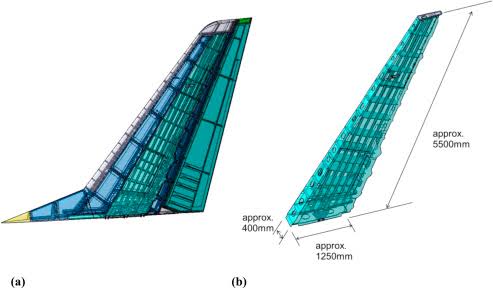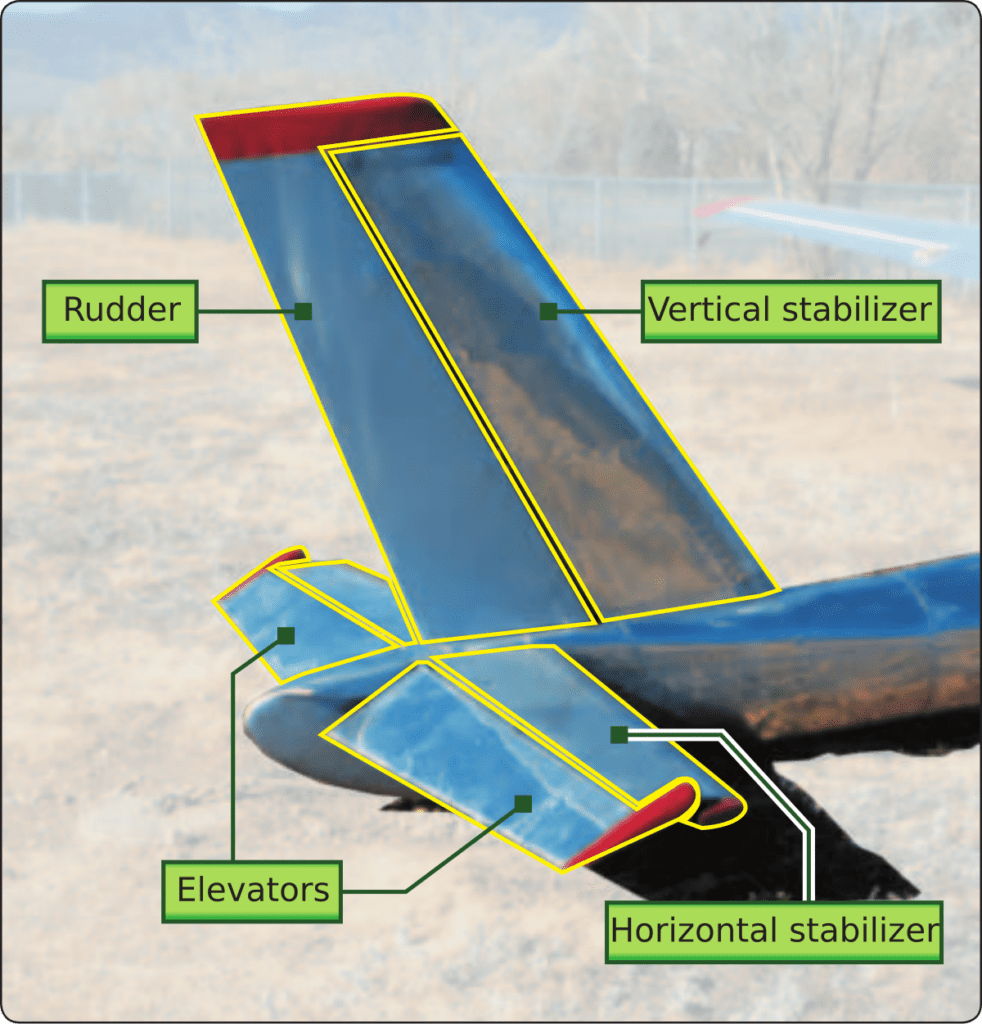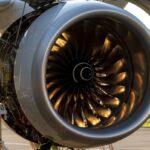
Stabilizers, typically consisting of horizontal stabilizers (tailplane) and vertical stabilizers (fin), are designed to create aerodynamic forces that counteract unwanted movements. The horizontal stabilizer generates a downward force that balances the aircraft’s center of gravity, helping maintain level flight.

The horizontal stabilizer works in conjunction with elevators, which are movable surfaces on the stabilizer. By deflecting the elevators up or down, pilots can control the pitch attitude of the aircraft. This capability allows for precise adjustments, maintaining the desired flight path and preventing excessive nose-up or nose-down attitudes.
The vertical stabilizer, combined with the rudder, helps control yaw movements (side-to-side rotation). It resists changes in direction, providing stability during straight flight. When a disturbance causes the aircraft to yaw, the vertical stabilizer generates a restoring force that helps return the aircraft to its original heading.

Stabilizers contribute to damping, which is the reduction of oscillations or unwanted movements. For example, if an aircraft experiences turbulence, the stabilizers help dampen the pitch and yaw oscillations, ensuring a smoother flight experience.
The stabilizers help maintain an appropriate center of pressure relative to the center of gravity. When the aircraft is disturbed (e.g., by turbulence), the aerodynamic forces act to realign the aircraft, promoting stability.
Static and Dynamic Stability:
- Static Stability: This refers to the initial tendency of the aircraft to return to its original position after a disturbance. Stabilizers are designed to ensure that static stability is achieved, so the aircraft naturally tends to return to level flight.
- Dynamic Stability: This involves how the aircraft behaves over time after a disturbance. Effective stabilizers help the aircraft not only return to its original position but also do so in a controlled manner without excessive oscillation.
Stabilizers play a crucial role in enhancing the stability of an aircraft by providing control over pitch and yaw, generating aerodynamic forces that counter disturbances, and ensuring a balanced flight profile.





